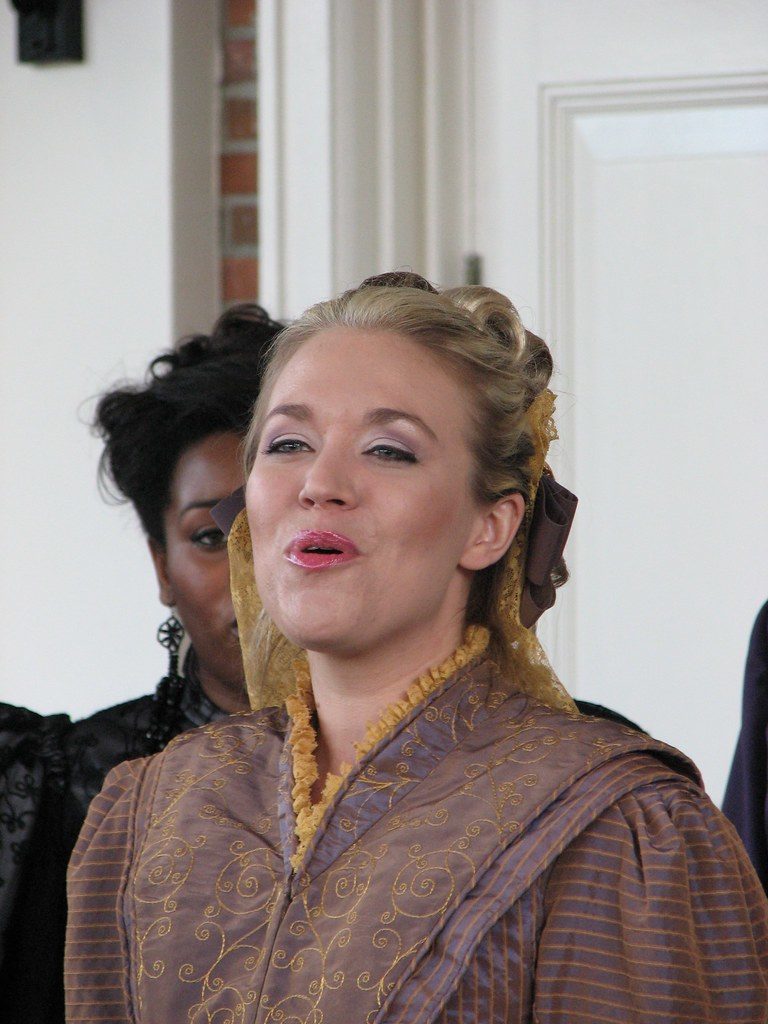Posts Tagged ‘Inspired Musical Performance’
Inspired Musical Performance – Walking for Balance (Alexander Technique, Posture, Pain, Strain, Injuries)(Albuquerque)
This ebook, An Alexander Technique Approach to Inspired Musical Performance, is published on this website in a PDF format. It is written to give all performing musicians deep insights into the beliefs and bad habits and technique that performers have that can end careers with pain, strain, tension, and injuries.
This ebook is also for sale on all AMAZON websites in a KINDLE format.
Located in Albuquerque, New Mexico, U.S.A.
When it comes to doing something to improve balance or prevent a loss of balance or regain balance as a person ages, most people look to a specialty movement, like Tai Chi or Yoga. Rarely do they turn to walking to improve balance. Why?
BECAUSE IF YOU WERE TO OBSERVE A THOUSAND PEOPLE WALKING, FROM YOUNG TO OLD, YOU MAY NOT SEE A SINGLE PERSON WHO WALKS POSTURALLY BALANCED.
What do I mean? Most people walk off balance, mostly slumping forwards and the rest arched backwards. Almost all are falling down as they walk. This falling down is how many movement specialists define walking – an interrupted falling down. So, walking is taught or “improved” by teaching you you’re keeping yourself from falling down when you place a leg forward. You’re falling into your legs when you walk.
IF WALKING IS AN INTERRUPTED FALLING DOWN, HOW COULD YOU POSSIBLY USE WALKING TO IMPROVE OR MAINTAIN OR REGAIN BALANCE? YOU CAN’T!
What if walking isn’t an interrupted falling down, but a falling upwards and gliding forwards? What do I mean?
When an Alexander Technique teacher teaches walking, the client is taught to think of moving upwards as the knees lead.
Another reason walking is not used specifically to improve or maintain or regain a person’s balance, is because it is seen by most as an everyday activity, so everybody knows how to walk, and they do. Since everybody walks, then they must be doing it well enough. Nope!
I’ve observed people doing yoga, and when the class was over, the students walked slumped over to their stuff to leave. I’ve seen the same thing in dancers and people doing tai chi. They use their bodies very differently, with greater awareness and organization, in their specialized activities. But they walk with really poor body use and poor posture when the class or performance is over.
If you apply the Alexander Technique principles of balance and decompression to your body as you walk, then walking becomes just as transformative as specialized activities in maintaining or regaining balance in your body. The other advantage of walking compared to specialized activities, is that you walk throughout the day, constantly revisiting it. You don’t have to set aside time for “specialized” walking.
So, how does the Alexander Technique teacher teach walking?
WE SHOW THE CLIENT THAT WALKING IS FALLING UPWARDS, NOT FALLING DOWN AS YOU WALK.
WE TEACH THE CLIENT THAT WALKING IS VERY EASY ON THE KNEES AND OTHER JOINTS, IF YOU USE ALEXANDER TECHNIQUE GOOD BODY USE AND BALANCE PRINCIPLES.
WE TEACH THE CLIENT THAT “WALKING LIKE AN OLD PERSON” STARTS WHEN A PERSON IS YOUNG, AND THAT “WALKING LIKE AN OLD PERSON” IS MOSTLY ABOUT HOW YOU UNCONSCIOUSLY HAVE WALKED POORLY, NOT ABOUT AGING.
It is possible to use walking to improve balance, prevent a loss of balance, or regain balance, when you realize that walking can be done with as much grace and balance as specialized activities.
